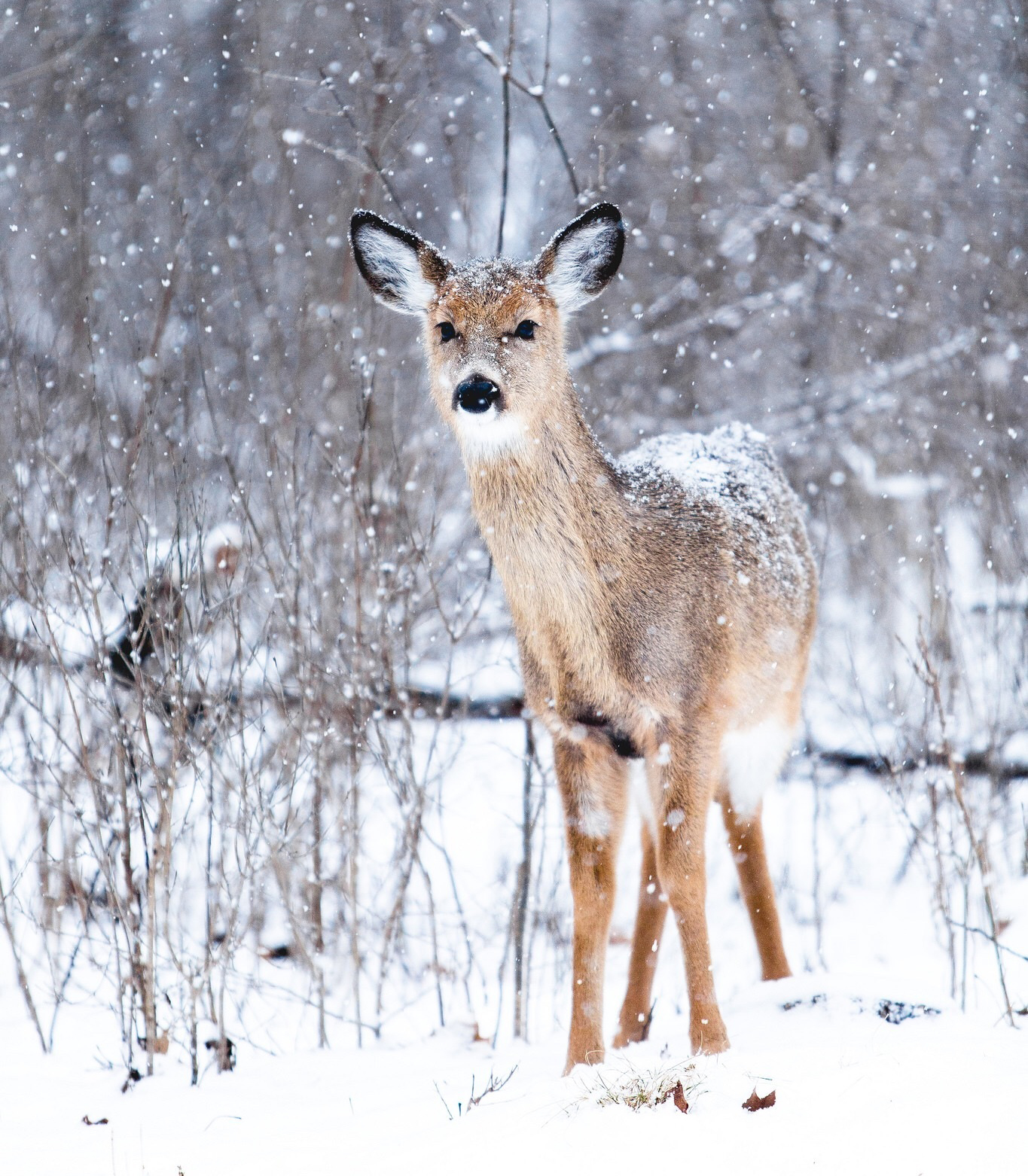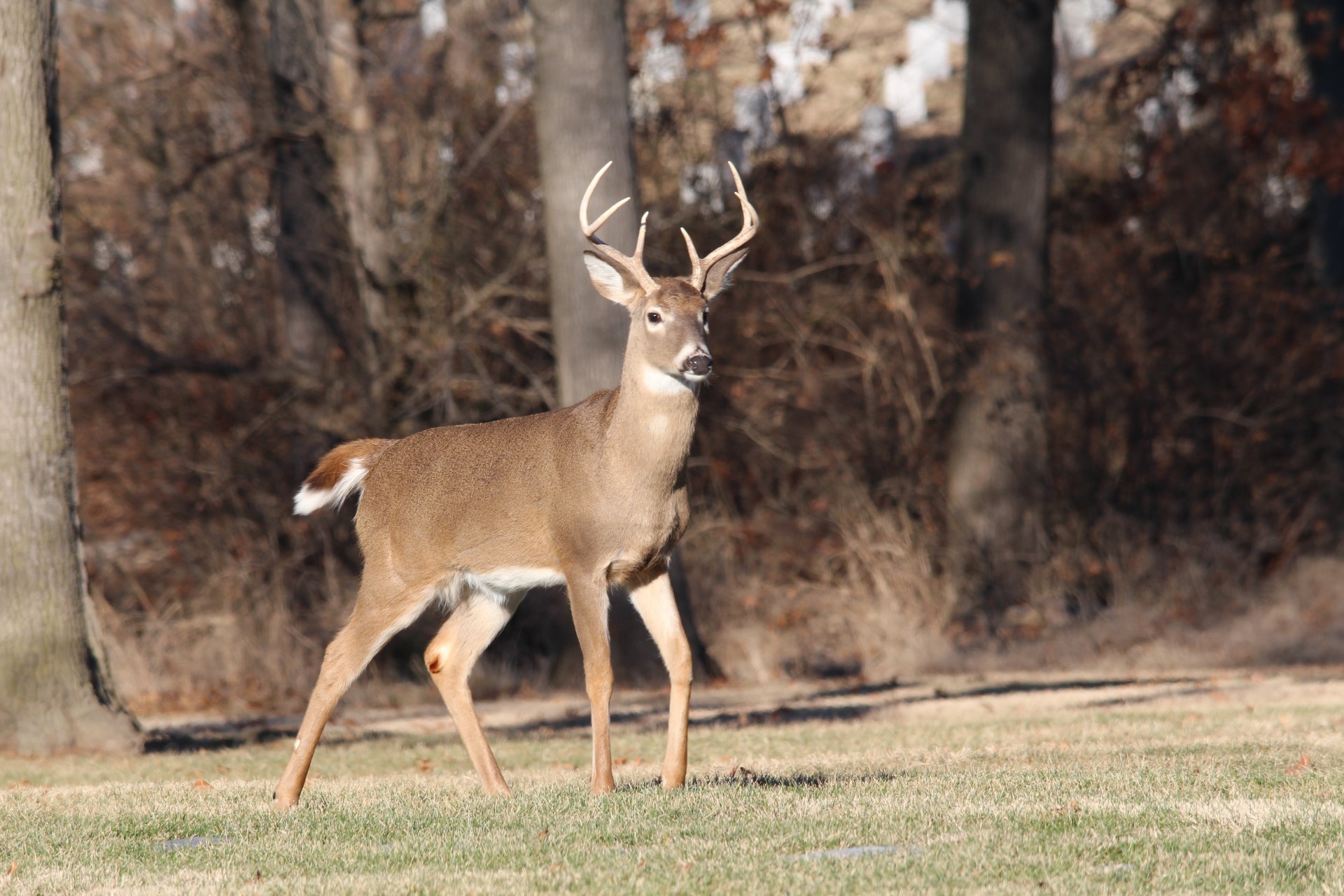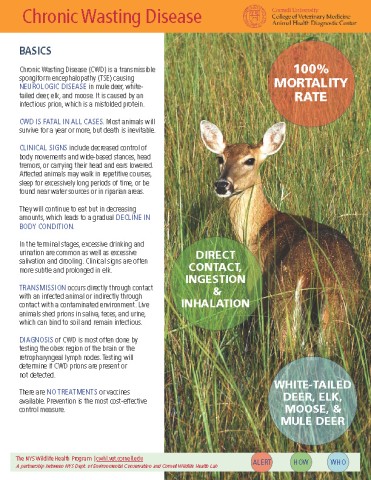Correctly handling your deer harvest can help keep you and your family safe when consuming venison. This is important not only from a food safety standpoint, but for diseases and toxins as well. Our goal is to help keep hunters and meat processors stay safe while handling deer by having a little more knowledge and skill under your belt.
The number one disease we are worried about is chronic wasting disease (CWD). There have been no known cases of CWD in humans, but why take a chance. You can learn how to get your animal tested (here). The Centers for Disease Control (CDC) recommends no one knowingly consume a CWD-positive animal. Cooking will not kill the prions that cause CWD. Do not distribute or donate venison from these animals either. Call your state wildlife agency to assist you with proper disposal of CWD-positive venison.
While CWD has not been detected in NY at this time, handling your carcass properly can help ensure that the disease is contained. Prions accumulate in higher concentration in certain tissues like the brain, spinal cord, lymph nodes, and spleen. The prions are present in lower concentrations in other tissues like blood, muscle, and urine. These simple steps while processing deer can help reduce prion contamination in the environment and in your venison.
It’s also a good idea to follow these guidelines to reduce the possibility of lead contamination in your venison if you choose to use lead ammunition. Scavengers, like bald eagles, can become sick and die from lead as well so it’s important to be mindful of your actions as a hunter.
Always wash your hands and any other body parts that might have been exposed to tissues, such as blood, urine, or feces with soap and hot water as soon as possible.
Field Dressing
- Don’t forget to check your deer first!
- Hands off! Wear protective gloves. If you don’t have latex or nitrile gloves, rubber gloves work great. Eye protection is also a good idea.
- Dedicate knives! Have a specific set of tools for field dressing that you do not use for butchering.
- Hang it up! Using a gambrel to hang the deer can help speed up the dressing, skinning, and quartering process.
- Bag it up! Remove all internal organs and put them in a large garbage bag for disposal in the trash. If you hunt with lead ammo, don’t leave organs on the landscape. You can also bury organs to prevent scavenging.
- Minimize contact with the brain and spinal cord. If you aren’t mounting your deer, put the head and spinal cord in a trash bag for disposal in a landfill.
- Most processors will take your quartered or deboned deer, but best to check with them before the season starts.
- If you would like to have your deer mounted, but don’t have a local taxidermist - learn how to cape out the head and neck or find a taxidermist in the area that is willing to do it for you.
- If you want to do a European mount, but can’t travel with an intact carcass – set yourself up with a boiling system you can use in the field to get rid of brain material.
- If you are cutting off the antlers or skull plate, use a dedicated saw that you disinfect with a 50% bleach solution or change saw blades. Clean any tissue off the skull plate and disinfect the skull with a 50% bleach solution.
- Use disposable plastic sheets or cardboard in the transport vehicle to help limit contact between the carcass and the environment. Deer that have been quartered can go in plastic bags. Remember to disinfect any other equipment like coolers, cargo haulers, or deer sleds that you use.
- When in doubt, double bag! Sealing any loose carcass parts while in transit is the smart play.
- Disinfect! Wash knives and tools with soap and hot water between animals. Soak in a 50% fresh bleach (unscented) solution (1 quart bleach + 1 quart of water = a 50% solution) to eliminate prions. Allow tools to air dry then rinse with clean water.
Butchering/Processing
- Think about your surface. You can go disposable and use a cutting surface that you can easily dispose of when done, like some clean plywood, or make sure you can disinfect the surface between individual deer.
- Keep it clean! Equipment should be rinsed with boiling water to remove any residual material or sanitized with a 50% bleach solution or other appropriate chemical sanitizer according to the manufacturer’s instructions.
- Dedicated utensils! Do not use the same knife for field dressing or your favorite steak knife for butchering. Use clean tools between each deer.
- Take your time, do one animal at a time! Process each deer separately and then store each deer's meat in its own labeled container.
- If you use a processor, ask them about their methods to keep animals separate. This may not be possible depending on the meat products you plan to order. Ground meat and sausage products are more likely to be mixed with other animals.
- Trim generously around the wound channel. If you use lead ammo, lead fragments can travel quite a distance (up to 18 inches) depending on bullet type. These fragments are too small to see or feel. Lead ingestion can be a problem for pregnant women and children.
- Debone that deer! Keep contact with the brain, spinal cord, lymph nodes, and spleen to a minimum. Lymph nodes can be found between muscles in connective tissue so remove fat and other tissues before grinding meat.
- Location, Location, Location! Be generous when trimming meat near shattered bone, near the spine, and skull in particular
- Don't be a bone head! Avoid sawing into bone where possible. If you remove the head or antlers, be sure to use a disinfected or disposable saw blade. Do not cut into meat with the same blade you used to cut bone!
- Limb trimming shears can be used to remove the head.
- Landfill bound! Seal all tissues to be discarded and disposable materials in plastic bags and dispose of in a lined landfill.
- Wipe down cleaned counters and other surfaces with 50% bleach solution and allow them to air dry.
- If bleach gets on your eyes, skin, or clothing, immediately wash affected area with water and remove affected clothing. Make sure that enough fresh air circulating in your work area because bleach may cause eye, nose, or throat irritation.





